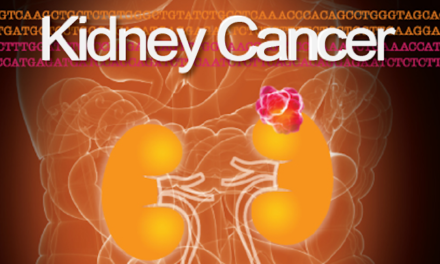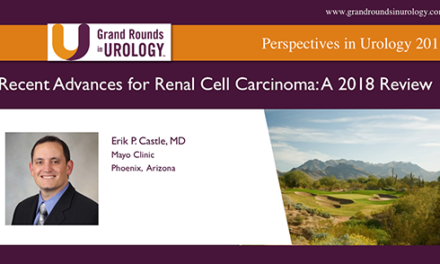
Variations in treatment patterns for metastatic renal cell carcinoma (mRCC) between developing and developed countries
Abstract
We have previously reported patterns of care for mRCC using a large US-based retrospective chart review encompassing 1,173 patients (pts) (Pal et al Int J Urol 2017). We hypothesize that treatment patterns in developing and developed countries will have marked variation.
From Jan 2013 to Dec 2016, pts with mRCC receiving treatment at private or public hospitals in Brazil had receipt of systemic therapy (tx) recorded in a prospective database. Basic clinical and demographic criteria were available, as well as information to ascertain Heng risk. Trends in use of 1st-line (1L), 2nd-line (2L) and 3rd-line (3L) tx were compared to the previously referenced US-based chart review, which collected data over an overlapping timeframe. The chi-square test was used to compare treatment frequencies across cohorts.
Of 4,379 pts assessed, 3,990 pts (91%) had metastatic disease and 21%, 38% and 21% of pts had good, intermediate and poor risk disease, respectively. While 3,149 pts (78%) received 1L therapy, only 641 pts (20%) and 152 pts (5%) received 2L and 3L therapy, respectively. In comparison to the US chart review (n=1,123), there was lower use of sunitinib in Brazil (44.5% vs 74.1%, P=.05) and higher use of pazopanib (21.7% vs 13.2%, P=.08). In the 2L setting, patients in the current cohort had a higher use of everolimus versus patients in the US (37.3% vs 27.8%, P=.05). Pazopanib, sunitinib and sorafenib were also frequently used in this setting. In the 3L setting, tx was variable with sorafenib and pazopanib representing the most commonly utilized regimens. Substantial tx heterogeneity was noted, with a total of 56 distinct regimens recorded including cytotoxic therapy (e.g., bleomycin, vinflunine and adriamycin gemcitabine).
Relative to a high resource setting, marked attrition is noted between 1L and 2L therapy in a representative developing country. Patterns of care vary as well for 1L and 2L therapy, and tx heterogeneity with many antiquated regimens may reflect lack of access to targeted tx or potentially addressable gaps in physician education.
Authors: Bergerot, Paulo | Bergerot, Cristiane | Dizman, Nazli | Zequi, Stenio | Fay, Andre | Dara, Yash | Manuel, Maia | Cotta, Brendan N. | Goncalves, Edna P. | Formiga, Maria N. | Tariki, Milena S. | Diego A. | Choueiri, Toni | Lopes, Gilberto | Pal, Sumanta K.
Journal: Kidney Cancer, vol. 2, no. s1, pp. I-S50, 2018




